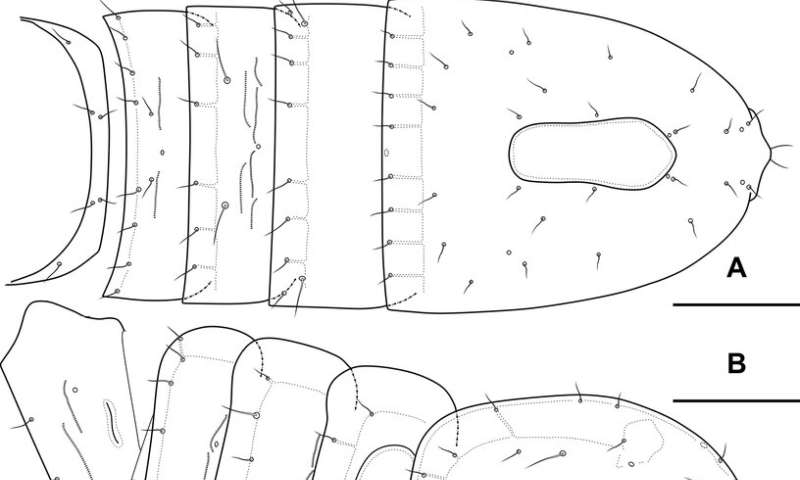KFU scientists partake in describing two new species of crustaceans from the Arctic

A joint publication with Severtsov Institute of Ecology and Evolution Problems (Russian Academy of Sciences) saw light in ZooKeys.
Bryocamptus putoranus is now known for the mountain lakes of the Putorana Plateau, and Bryocamptus abramovae for the thermokarst lakes of the southern part of the Lena Delta. Interestingly, the last of the species is also noted in the lakes of Wrangel Island.
"t turns out that the range of the species consists of two regions, thousands of kilometers apart from each other. These regions are also isolated from each other by the sea area. How could the same species of crustacean settle in such different places? Both the Lena River Delta and Wrangel Island were previously part of the ancient landmass of Beringia, which is now partly submerged by the ocean. Probably, this species of Harpacticoid was settled in the territory that previously connected the Wrangel Islands with the mainland. And the now known habitat of crustaceans is fragments of a larger ancient area," comments Senior Research Associate of the Severtsov Instistute Elena Chertoprud.
Assistant Lecturer of KFU's Department of Zoology and General Biology Alexander Novikov adds, "The two new species of Bryocamptus differ significantly from each other in the structure of the prehensile antennules of the males. Although the structure of the furcal branches of females is similar. This fact may indicate the convergence of modifications of furcal branches of females, while significant differences in the antennules of males illustrate the origin of species from different ancestral forms."
The scientists drew attention to the high diversity and specificity of the fauna of copepods in the reservoirs of the Lena River Delta and the Putorana Plateau. In recent years, they have shown that the northern part of Central Siberia is indeed rich with crustaceans. The main reason for the presence of a significant number of endemic taxa in the region was that this region was not completely covered by the last Pleistocene glaciation. Thus, the ancient fauna had the opportunity to be preserved in refugia, and today copepods, contemporaries of mammoths, live in the north of Central Siberia
More information:
Two new species of Bryocamptus (Copepoda, Harpacticoida, Canthocamptidae) from the Russian Arctic and comparison with Bryocamptus minutus (Claus, 1863) zookeys.pensoft.net/article/90580/element/8/26496/
Provided by Kazan Federal University